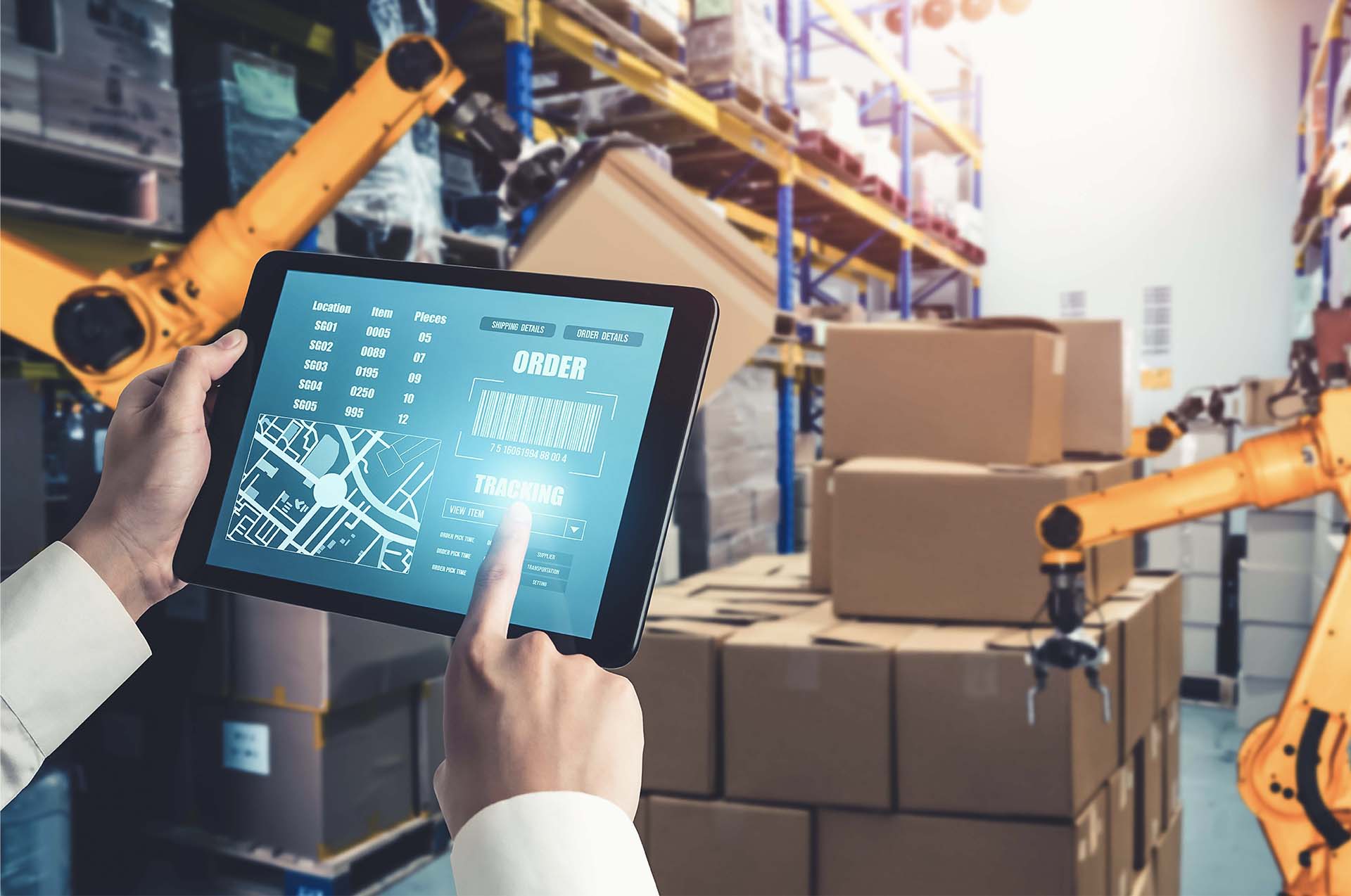Artificial Intelligence (AI) is one of the advanced technology that is making place in almost every industry. And in inventory forecasting sector as well, it has emerged as a game-changing tool.
Let’s learn more about AI inventory forecasting — what it is, it’s advanatages, and best practices.
What is AI inventory forecasting?
AI inventory forecasting is a technology used in stock forecasting software that leverages advanced algorithms and machine learning to predict future stock requirements based on historical data, market trends, and various external factors.
Unlike traditional methods, AI can process vast amounts of information, identify complex patterns, and adapt to changing conditions in real time.
Advantages of implementing AI in inventory forecasting
Implementing AI in inventory forecasting offers several key benefits:
Accuracy
AI models analyze multiple data points simultaneously for more precise predictions.
Time and cost savings
Automating the forecasting process frees up valuable human resources for strategic tasks. Plus, optimizing stock levels allow businesses to minimize carrying costs and reduce waste.
Customer satisfaction
Accurate forecasting enhances the customer experience by providing precise information about the product availability.
Adaptability
AI systems can quickly adjust to market fluctuations and changing consumer behaviors.
Best practices for implementing AI in inventory
forecasting
Define clear objectives
Before implementing AI, clearly outline what you’re trying to achieve. Are you aiming to optimize inventory levels, streamline your supply chain, or enhance demand prediction accuracy? Having well-defined goals will guide your AI implementation strategy.
Adpot a proven AI framenwork
Instead of starting from scratch, consider using established AI adoption frameworks like Google Cloud’s AI Adoption Framework or Microsoft’s AI Adoption Framework. These can provide a structured approach to integrating AI into your inventory forecasting processes.
Ensure data quality and preparation.
The success of AI in inventory forecasting hinges on the quality of data you feed it. Implement rigorous data collection methods to keep your data relevant, accurate, and properly prepared. This includes cleaning historical data, standardizing formats, and integrating both internal and external data sources.
Choose the right AI tools and platforms.
Select AI solutions that align with your requirements, existing systems, and long-term goals. Consider factors like scalability, security features, and integration capabilities. Don’t hesitate to consult with AI specialists to ensure you’re making the best choice for your organization.
Leverage machine learning algorithms.
Incorporate various machine learning techniques to enhance your forecasting accuracy. For example, use linear regression to identify trends, support vector machines to classify demand levels, and neural networks to uncover complex, non-linear relationships in your data.
Start with a pilot program.
Begin your AI implementation with a small-scale pilot in a specific product category or region. This allows you to test the system, identify potential issues, and demonstrate value before rolling it out across your entire inventory.
Combine AI with human expertise.
While AI can process large amounts of data and identify patterns, human insight remains crucial. Create a system where AI augments human decision-making rather than replacing it entirely.
Implement real-time data integration.
Set up your AI system to continuously ingest and process real-time data. This could include current sales figures, supply chain updates, and market trends, allowing for more dynamic and responsive forecasting.
4 types of inventory forecasting
Short term forecasting
Short-term forecasting typically covers a period of up to 12 months. It’s crucial for day-to-day operations to help businesses manage inventory levels, plan production schedules, and meet immediate customer demands. AI excels in short-term forecasting by quickly processing recent sales data and identifying emerging trends.
Long term forecasting
Long-term forecasting looks ahead 1-5 years and is essential for strategic planning, capital investments, and supply chain management. AI can analyze historical data alongside broader economic indicators to provide insights into future market conditions and demand patterns.
Active forecasting
Active forecasting involves real-time prediction and adjustment based on current data and changing conditions. AI-powered active forecasting can continuously update predictions as new information becomes available. This allows you to respond quickly to market shifts or unexpected events.
Passive forecasting
Passive forecasting relies primarily on historical data to predict future trends without real-time intervention. While less dynamic than active forecasting, AI can still significantly enhance passive forecasting by identifying subtle patterns and correlations in historical data that humans might overlook.
Conclusion
Implementing AI in inventory forecasting represents a significant leap forward in supply chain management. By following these best practices and understanding the different types of forecasting, businesses can harness the power of AI to transform their inventory management, reduce costs, and improve customer satisfaction.






